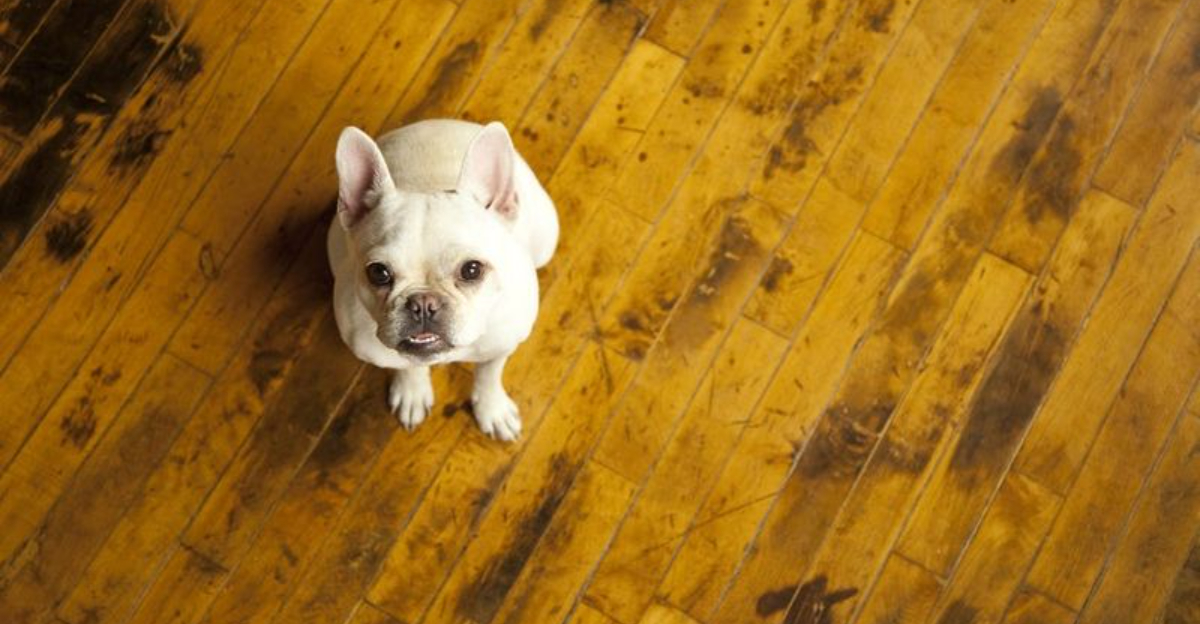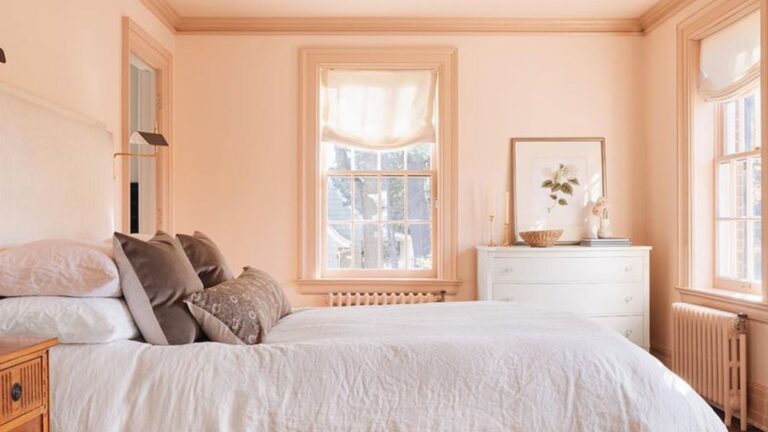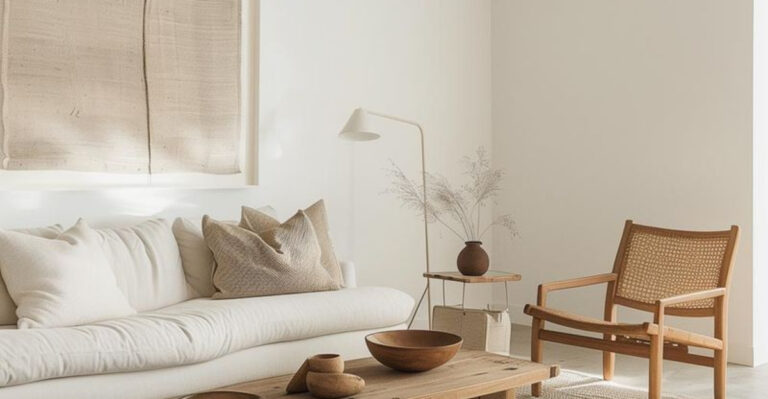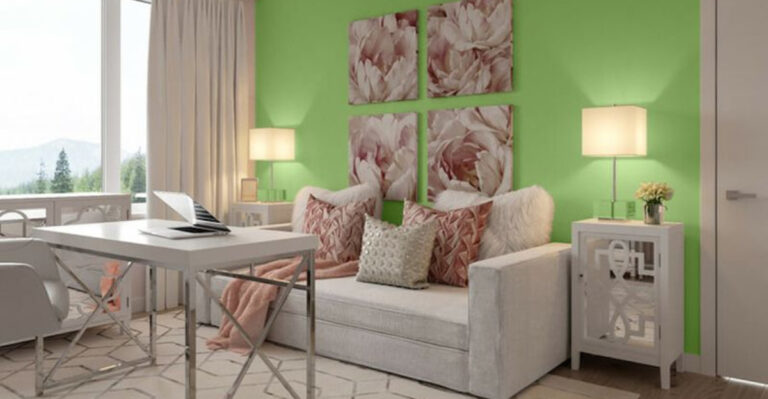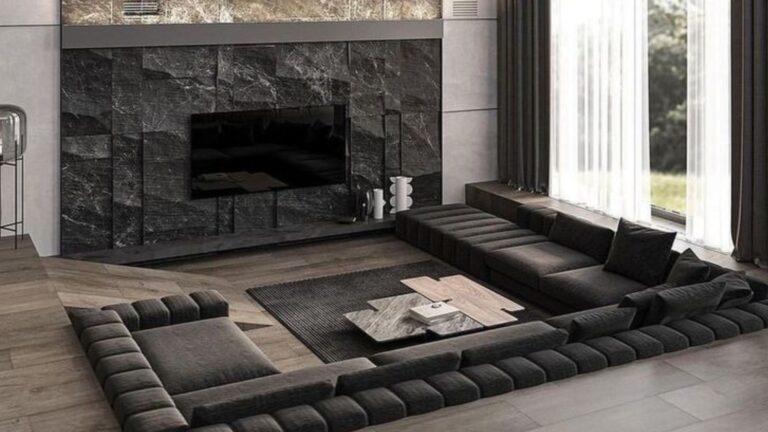17 Costly Mistakes To Dodge When Picking Hardwood Floors
I used to think choosing hardwood floors was as easy as picking a pretty color, but wow, was I wrong! The right floors can completely change the feel of your home, adding warmth and style, but the wrong choice can lead to endless regrets and unexpected costs.
Trust me, after hearing horror stories from friends who rushed their decisions, I learned it’s worth pausing to get it right. Before you start tearing up old carpet or ordering planks, check out these tips from people who’ve already been through the ups and downs of hardwood flooring projects.
1. Forgetting About Your Lifestyle
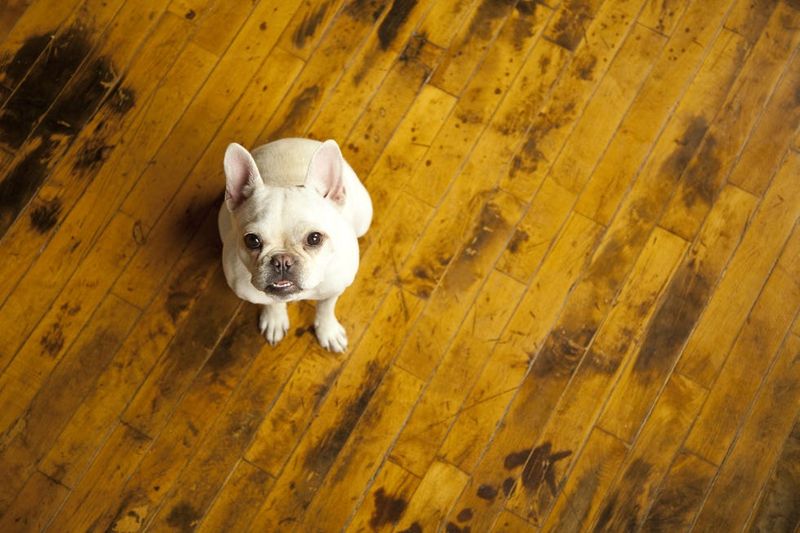
Your daily habits matter when selecting hardwood. Homes with kids, pets, or high traffic need tougher woods like oak or hickory that can handle the chaos.
Softer options like pine might look gorgeous in a showroom but will collect dents faster than a bumper car at the county fair. Consider how you actually live, not how you wish you lived.
2. Skipping The Hardness Test
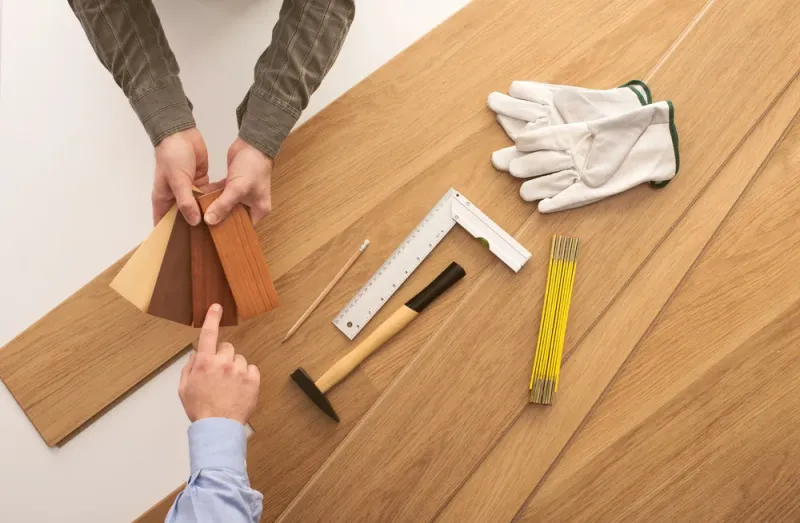
Wood hardness isn’t just fancy talk—it’s measured on the Janka scale and ranges from super soft (like pine) to rock-solid (like Brazilian walnut). Many folks skip checking this crucial number.
A floor that’s too soft for your needs will show wear within months instead of years. Think of the Janka rating as your floor’s personal bodyguard against life’s bumps and scrapes.
3. Choosing Color Based On Trends
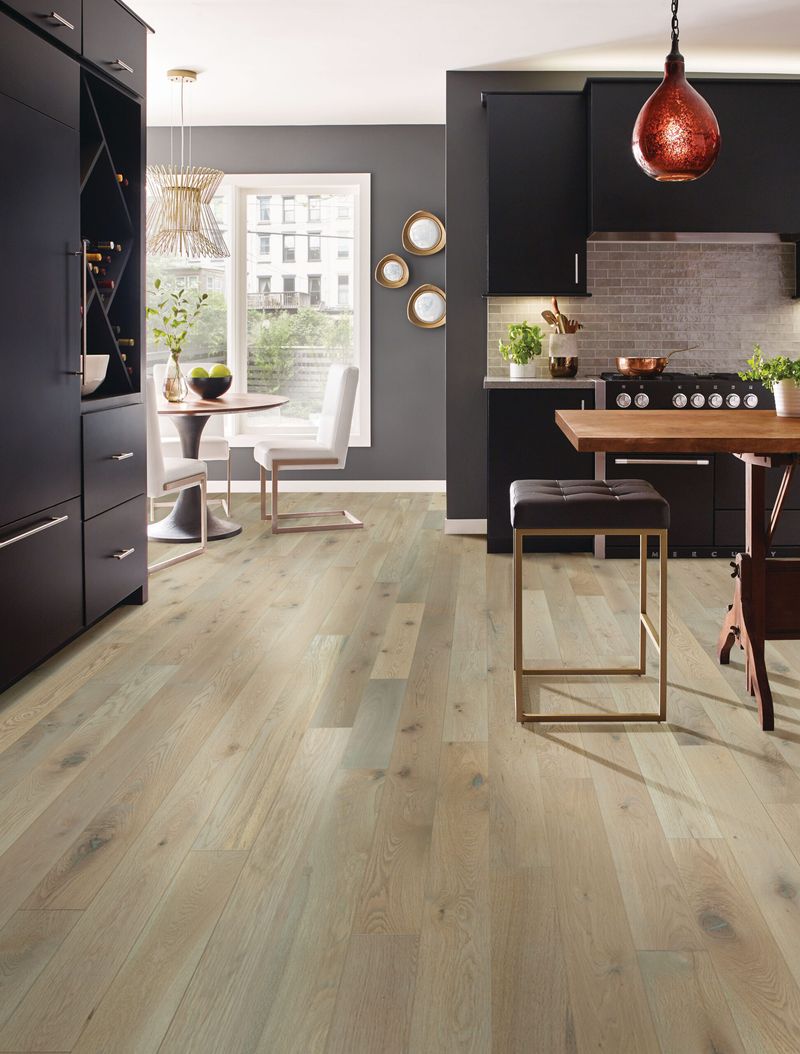
That ultra-dark espresso floor might look magazine-worthy today, but trends change faster than you can say “renovation.” Dark floors show every speck of dust and pet hair like they’re under a spotlight.
Super-light floors can yellow over time. Mid-tones tend to age more gracefully and hide everyday dirt. Remember, you’ll likely have these floors longer than your current phone, car, and possibly relationship!
4. Underestimating Total Costs
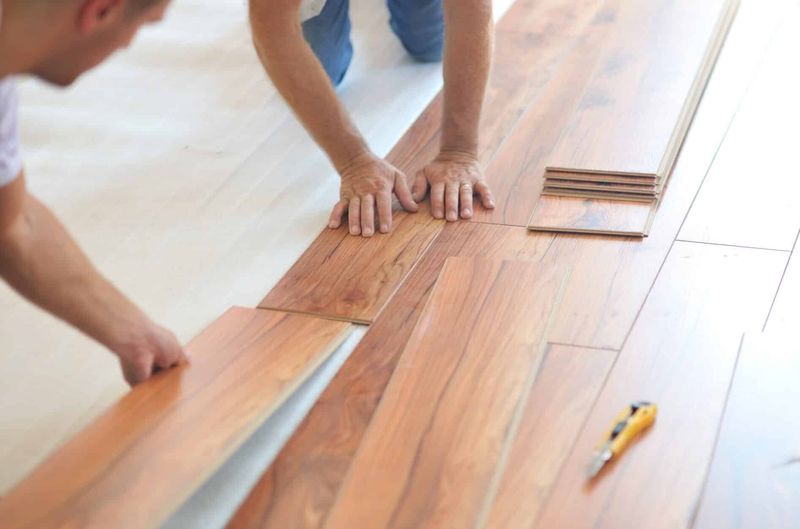
The price tag on those floor samples? That’s just the opening act. Many shoppers forget about underlayment, delivery fees, old floor removal, and installation costs.
Then there’s furniture moving, trim work, and those unexpected surprises hiding under your old floor. A $5/square foot hardwood can quickly become a $12/square foot project when all is said and done. Budget for the whole show, not just the ticket price.
5. Ignoring Your Home’s Humidity Levels
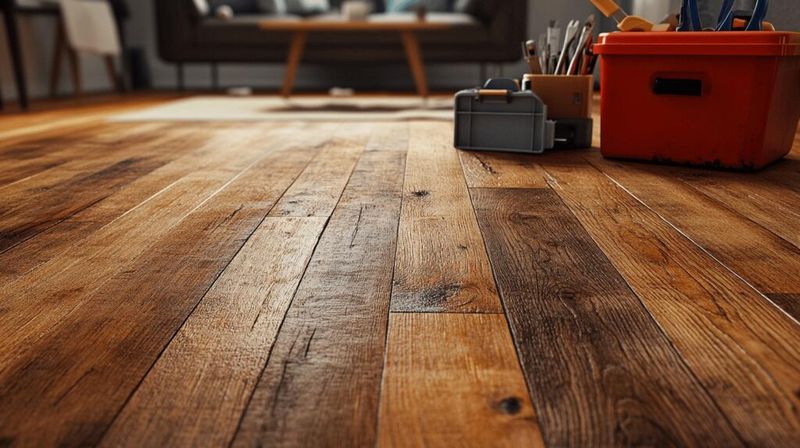
Wood and water are frenemies at best. Hardwood floors expand in humid conditions and shrink when it’s dry—a dance that can lead to warping, cupping, or gapping if you choose the wrong wood for your climate.
Homes in Florida need different considerations than those in Arizona. Some species handle moisture changes better than others. Ask your flooring pro about your local conditions and whether you need a dehumidifier or humidifier to keep your floors happy.
6. Rushing The Acclimation Process
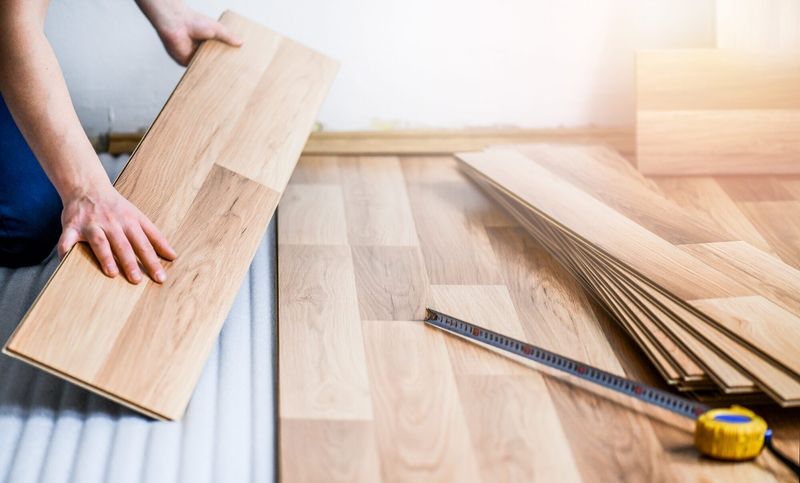
Hardwood needs to adjust to your home before installation. Skipping this step is like wearing new shoes to run a marathon—painful consequences guaranteed!
The wood needs to sit in your space for at least 3-5 days to adjust to your home’s temperature and humidity.
Rushing this process often leads to gaps, buckling, or warping after installation. Patience here saves headaches later—give your wood time to get comfortable in its forever home.
7. Picking The Wrong Finish
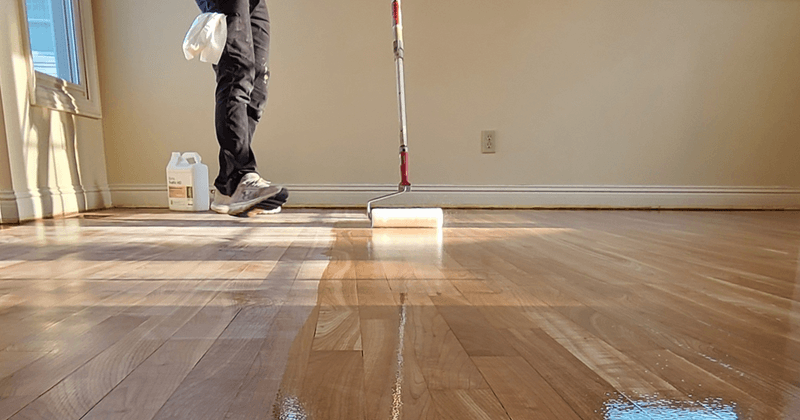
Glossy floors look spectacular in photos but show scratches like they’re collecting them for a hobby. Those shiny surfaces highlight every imperfection under the sun.
Matte and satin finishes are more forgiving for busy households. They hide minor scratches and don’t create glare that highlights dents.
The right finish isn’t about what looks fanciest in the showroom—it’s about what will still look good after your kid’s birthday party.
8. Falling For Fake Wood Claims
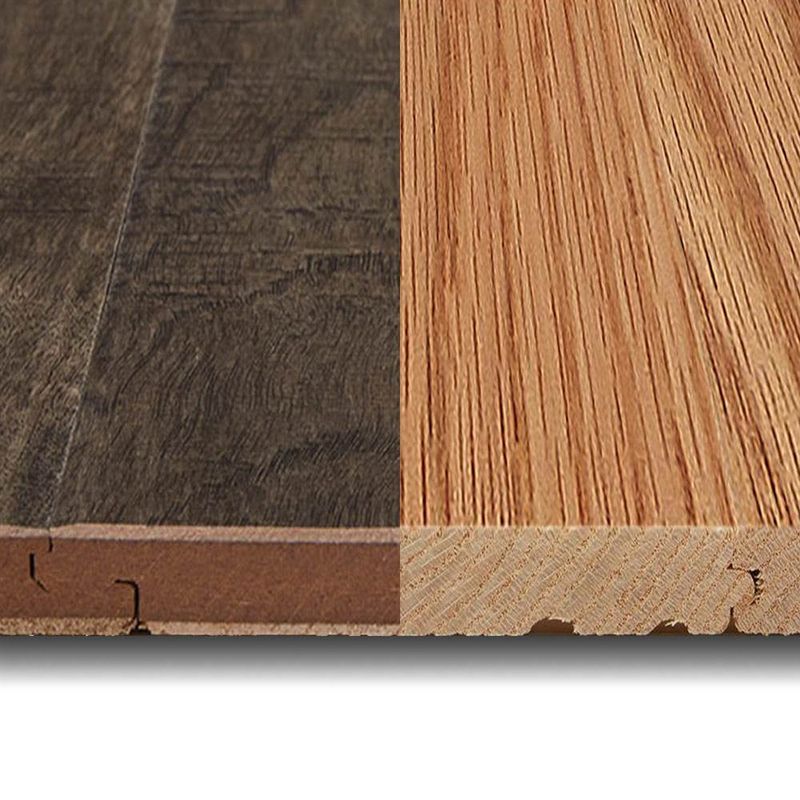
Not all “hardwood” is actually hardwood. Some sellers push engineered products or laminate as “real wood” when they’re distant cousins at best.
True hardwood can be sanded and refinished multiple times over decades. Engineered wood has a thin veneer that limits refinishing options. Laminate can’t be refinished at all.
Each has its place, but know what you’re buying! Ask directly: “Can this floor be sanded and refinished at least 3 times?” If the answer is no, you’re not getting solid hardwood.
9. Overlooking Wood Grain Patterns
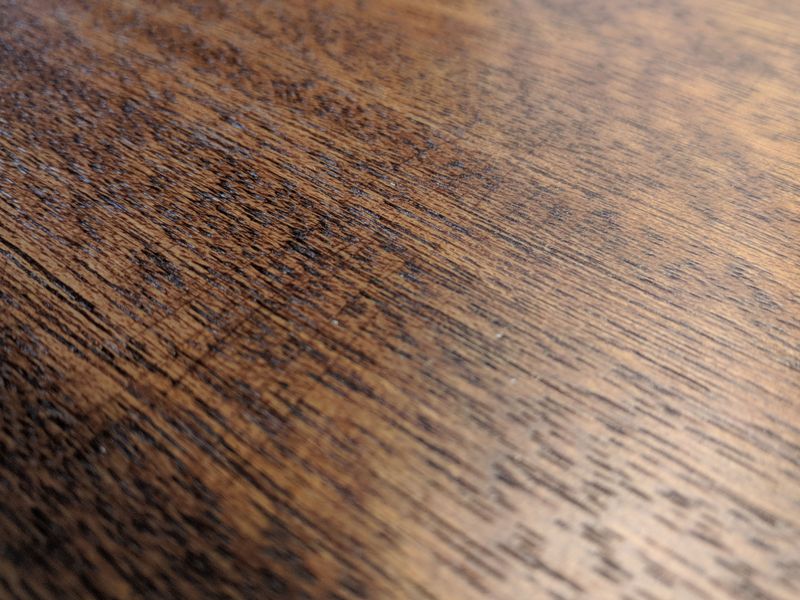
Wood grain isn’t just pretty—it’s practical! Oak with its prominent grain hides scratches better than maple with its smooth, uniform appearance. Think of grain like nature’s camouflage for your floor’s battle scars.
Woods with character marks and natural variation will age more gracefully. They tell a story as they collect life’s little accidents. Plain, uniform floors highlight every new scratch like it’s breaking news.
10. Skimping On Samples
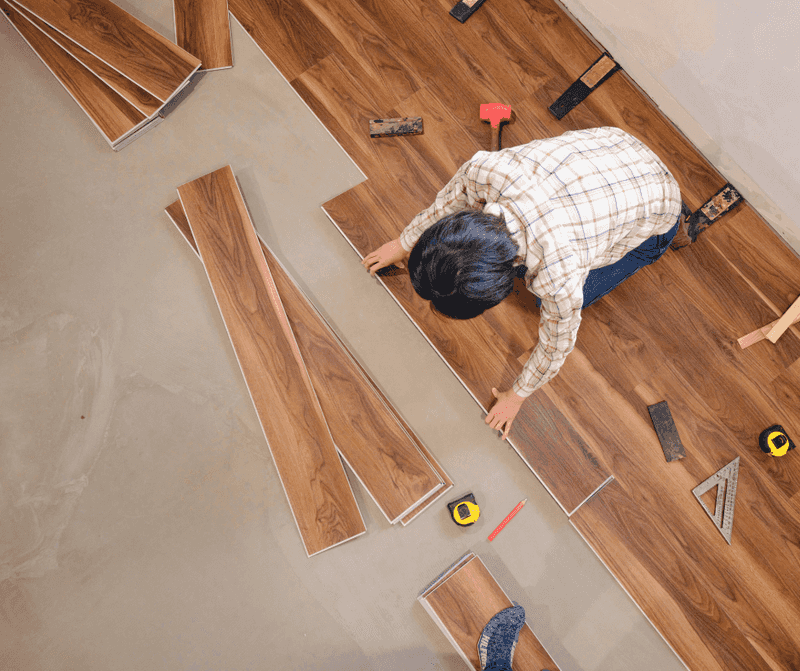
Those tiny 2-inch squares from the store don’t show how a floor will look across an entire room. Colors and patterns that seem perfect in a small sample can overwhelm a space when multiplied by hundreds of square feet.
Smart shoppers borrow larger samples or buy a few planks to arrange in different spots around their home. Check how they look in natural daylight, lamp light, and at different times of day. Your floor is a huge color commitment—treat it like one!
11. Hiring The Cheapest Installer
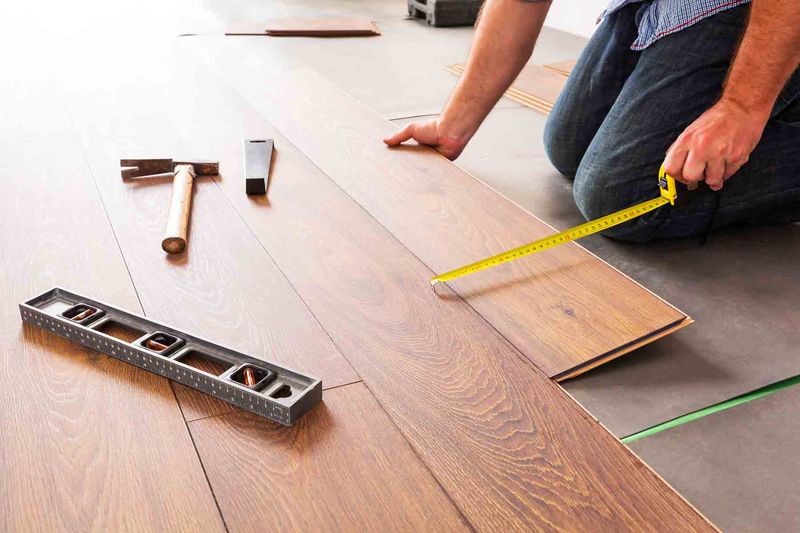
A perfect floor installed poorly is still a bad floor. Installation makes up about 50% of your floor’s long-term performance. The bargain-basement installer might save you money today but cost you sleep tomorrow.
Good installers have references, warranties, and proper equipment. They understand subfloor preparation and expansion gaps.
Ask potential installers how they’ll handle transitions, vents, and tricky spots. The difference between a so-so job and expert installation is visible every day for decades.
12. Forgetting About Sunlight Exposure
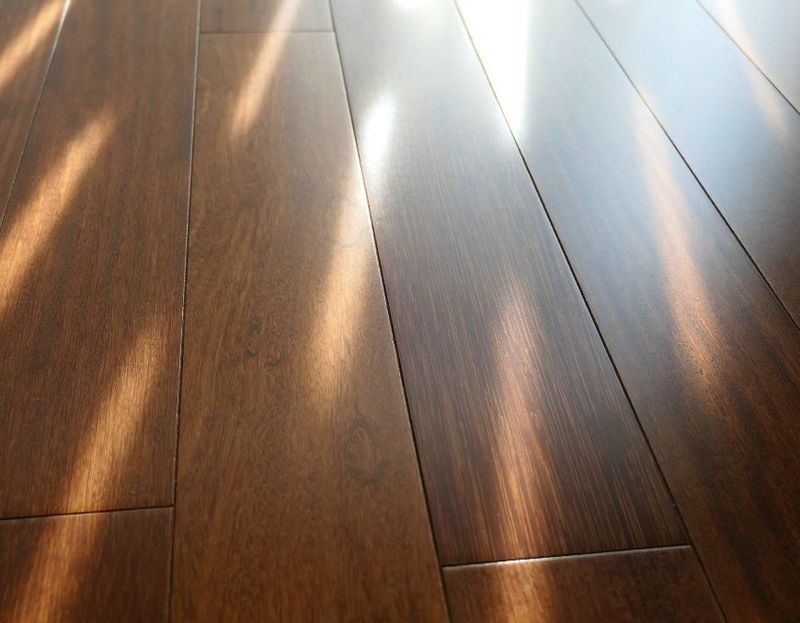
Hardwood and sunshine have a complicated relationship. Those gorgeous rays that make your home bright can fade and discolor your floors over time.
Some wood species change color dramatically with UV exposure. Brazilian cherry darkens to a rich red-brown. Maple might yellow. UV-protective finishes help but can’t completely prevent changes.
Consider window treatments for rooms with intense direct sunlight, or choose woods known to age gracefully in bright conditions.
13. Neglecting Subfloor Preparation

The foundation matters more than you think! A wavy, uneven subfloor turns even the most expensive hardwood into a squeaky, bouncy disappointment.
Proper prep might add time and money upfront but prevents countless problems later. Subfloors need to be clean, dry, level, and structurally sound.
Moisture testing is essential, especially for basement or ground-floor installations. Many warranties become void if installed over improper subfloors.
14. Buying Exactly The Amount Needed
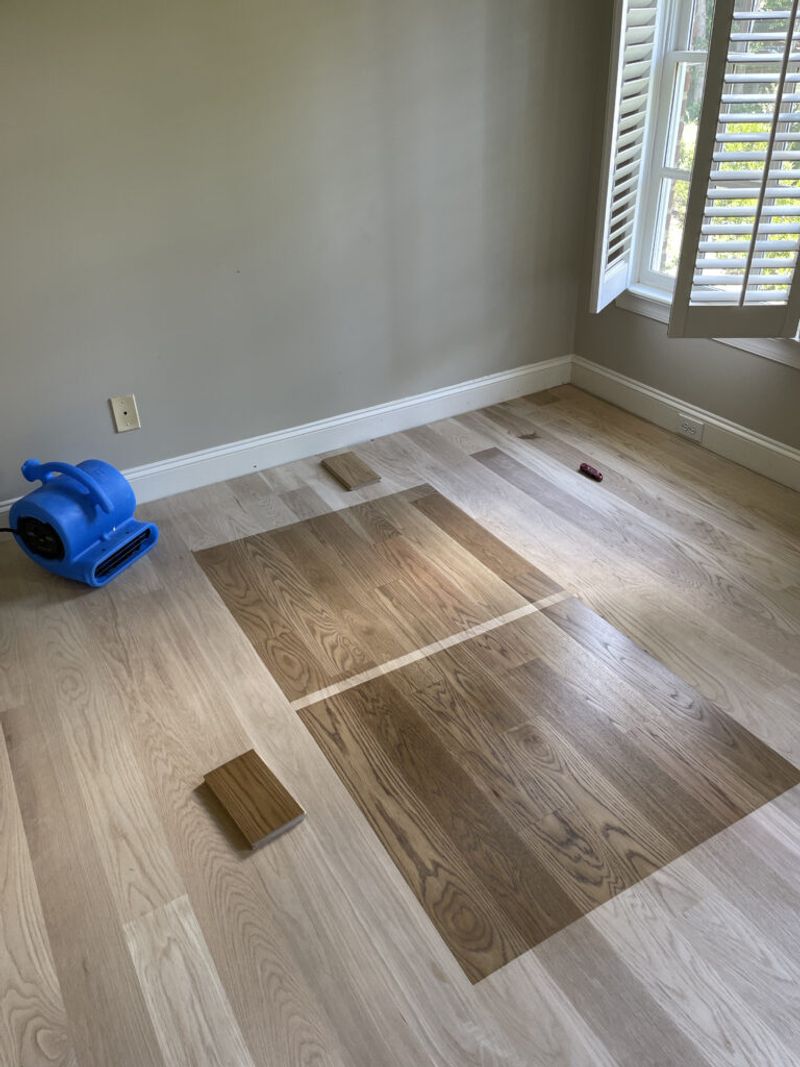
Wood has personality—sometimes including flaws you’ll want to cut around. Plus, mistakes happen during installation. Buying the bare minimum is like driving with your fuel light on—unnecessarily risky.
Industry standard suggests purchasing 10% extra for straight installations and 15% for diagonal patterns or rooms with lots of corners.
This overage accounts for cuts, waste, and damaged pieces. Future repairs become nearly impossible if your specific wood is discontinued and you have no spares.
15. Misunderstanding Maintenance Requirements
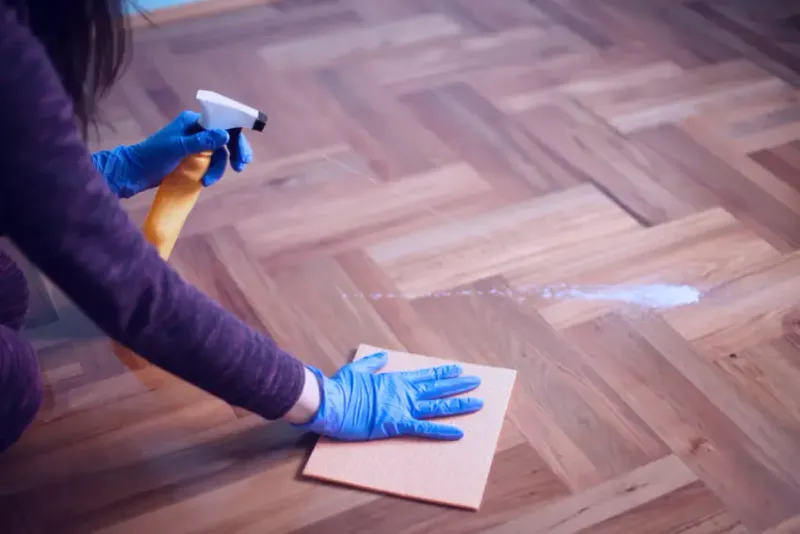
That “low-maintenance” floor might not mean what you think. All hardwood needs proper care, but some species and finishes are needier than others.
Hand-scraped textures hide scratches better but can trap dirt. Some oil finishes look amazing but need regular reapplication.
Water-based polyurethanes are easy to clean but may not hold up as well in high-traffic areas. Be honest about your cleaning habits before choosing a floor that requires special products or frequent attention.
16. Ignoring The Impact On Room Acoustics
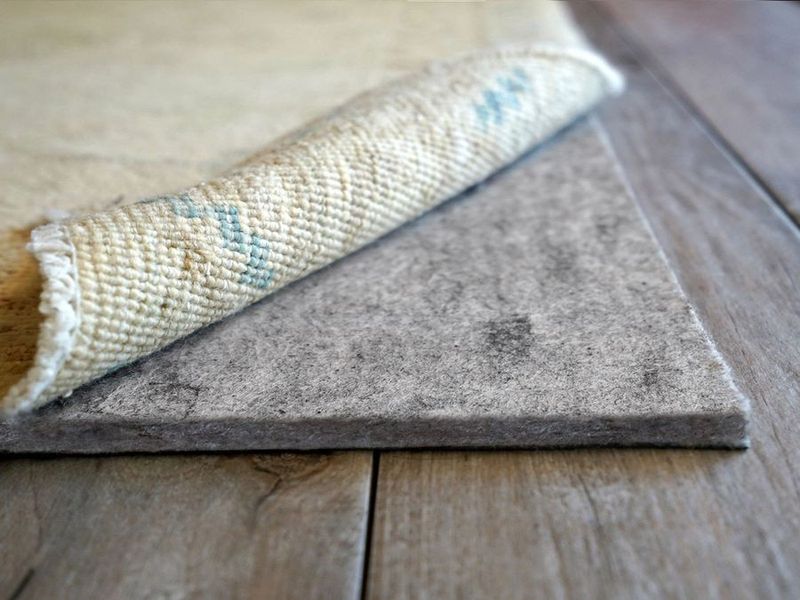
Hardwood floors can turn your cozy living room into an echo chamber without proper planning. The hard surface reflects sound rather than absorbing it, which can make conversations harder to hear and music less pleasant.
Strategic rug placement helps tame the echo. Underlayment materials can reduce noise transfer between floors—crucial for upstairs installations.
Some engineered products come with built-in sound dampening features worth considering for condos or upper-level rooms.
17. Overlooking Transition Planning
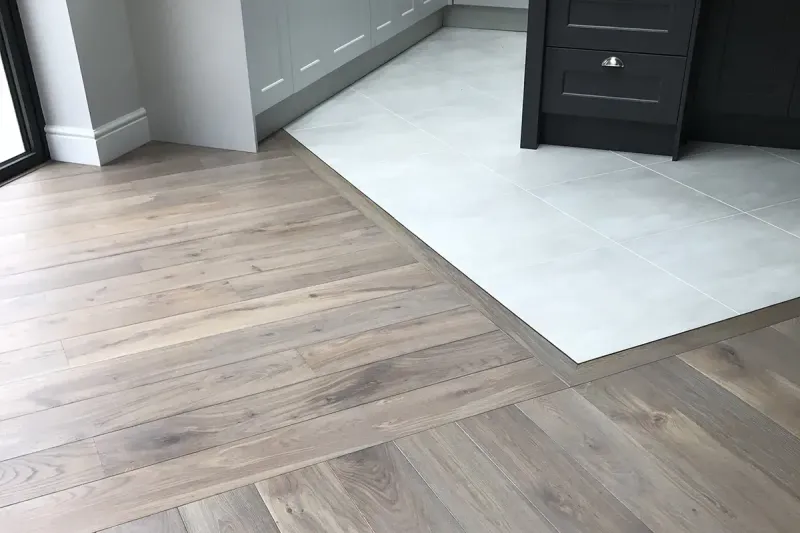
Where your gorgeous new hardwood meets another flooring type can become an eyesore without proper planning. These transition areas need both visual appeal and practical function.
Height differences between flooring types require special profiles to prevent tripping hazards. Wood expands and contracts, so transitions need to accommodate this movement while looking intentional.
Professional installers plan these junctions early, considering traffic flow and moisture-prone areas like bathrooms and entryways.

